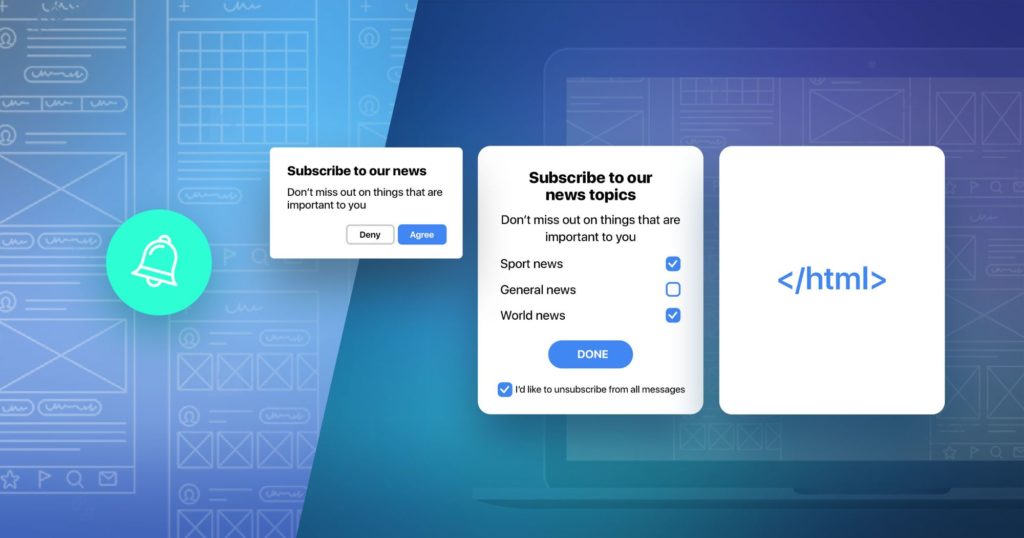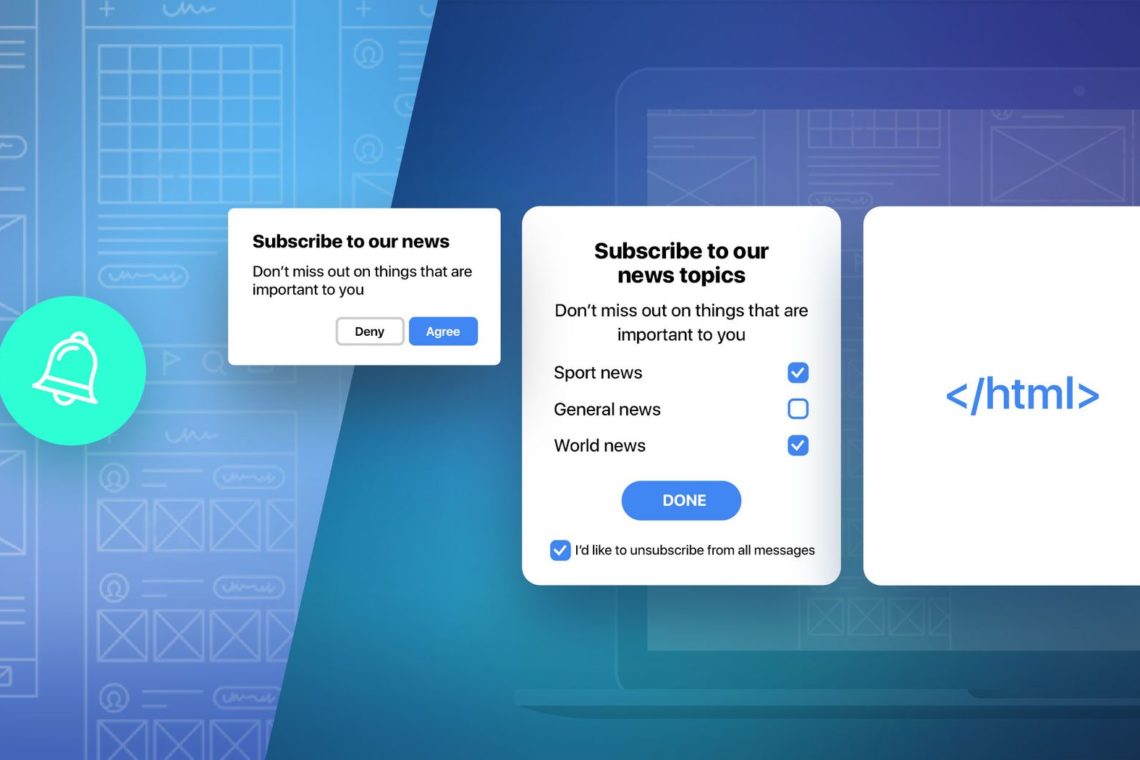
Apps with subscription models are dominating. The top 100 subscription apps generated $18.3 billion in revenue in 2021, a 41% increase. You should tempt consumers with offers based on their behaviour and segmentation if you want to fully realise the possibilities of subscription monetization. Discover how to target high-value clients at the correct time to boost app income by reading on.
Apps with a subscription model: where value determines monetization
Not only is it essential to release an app that consumers adore, but you should also pick a monetization approach that is better suited to the nature of your app. Mobile commerces promote recurring purchases and seasonal promotions, whereas game applications encourage in-game purchases and use pay per click (PPC) and cost per impression (CPI/CPM) advertising.
Recurring payments are used to generate revenue in the subscription-based business. Finding the perfect times when a user is eager to pay to improve their experience is essential for increasing app income. By providing the following at key hotspots, you have the best opportunity of turning people into devoted, long-term clients:
Free trial; basic, temporary subscription; premium, ongoing subscription.
Essentially, this is your subscription funnel. where users should be monitored, and you should provide them timely automated messages to encourage them to move on to the next stage. The most frequent scenarios include welcoming new users, providing subscription upgrades when customers recognise the app’s added value, encouraging purchases with exclusive deals, regaining lost users, and more.
Establish a group of users that are most likely to become paying customers.
The typical purchase conversion rate for subscription apps is around 5%. Therefore, while user acquisition is still crucial, converting consumers who can afford long-term subscriptions is a key objective.
To increase the number, we advise you to start by dividing your audience into several categories based on their traits, actions, and level of participation. The next stage is to offer each group a customised customer journey that will most likely result in a conversion or an upgrade.
Upgrade your paying customers
Your paying customers are a group that is quite active. There are always opportunities to convert their participation into income via upgrades. For instance, by providing a discount, you can raise your users’ LTV.
providing unique value. Give your paid users an exclusive trial and highlight the updates to your app’s features and content. You can either attach a deep link to the push that directs users to the precise screen or in-app message with extra information, or you can email specific codes to users.
allowing for modification. Give your users the option to customise the app’s look by adding colours or decorations without affecting the functionality.
Choose the clients who are most active
Encourage your free users to sign up for their initial subscription as an additional way to boost app revenue. Even though this tactic can call for additional resources, it will ultimately be successful. Customers are 27% more likely to make another purchase after their first one, and the likelihood increases by doubling for subsequent purchases.
You can segment and target the following groups of users who are very engaged:
Daily app users; frequent users of a particular function.
A premium subscription’s added benefits can be explained to users through timely behavior-based communications, or you can play on their fear of losing out. Users could feel inspired to upgrade as a result.
Make enticing subscription offers for users.
Use your killer features—or any new ones—as a lure.
Without even looking at your internal data, we can infer that a sizable portion of customers of your subscription-based software have never made a payment. What if, though, your most recent feature will persuade them to convert at last?
A wider audience might receive a notification advertising new capability. Although you are not required to use the Start Segment element in your customer journey, you are free to send a broadcast message. Identify people who recently added their payment methods or visited a certain page. By doing so, you can focus on the users who are most driven.
Speak with your potential paying customers on a human level.
Avoid being too aggressive in the copy, so be careful. Don’t forget to personalise your notifications and pick the right delivery window. Apply Deep Linking as well to ensure that your message reaches its audience.
Take the Adidas Runtastic fitness app as an illustration. Customers who subscribe to the company’s premium plan receive tailored in-app messages based on user traits (in this case, the gender they choose when signing up for the service):
Recover lost customers
You must rekindle lost users’ interest in order to lure them back to the app and win them back. This could be accomplished by emphasising updates and features that users may have missed while they were away. Alternately, you might solicit feedback from your users and let them know how you found areas for improvement.
By using the Start Segment feature in Unomok Customer Journey Builder, you may target customers who have abandoned your app and entice them back with a series of reactivation emails:
